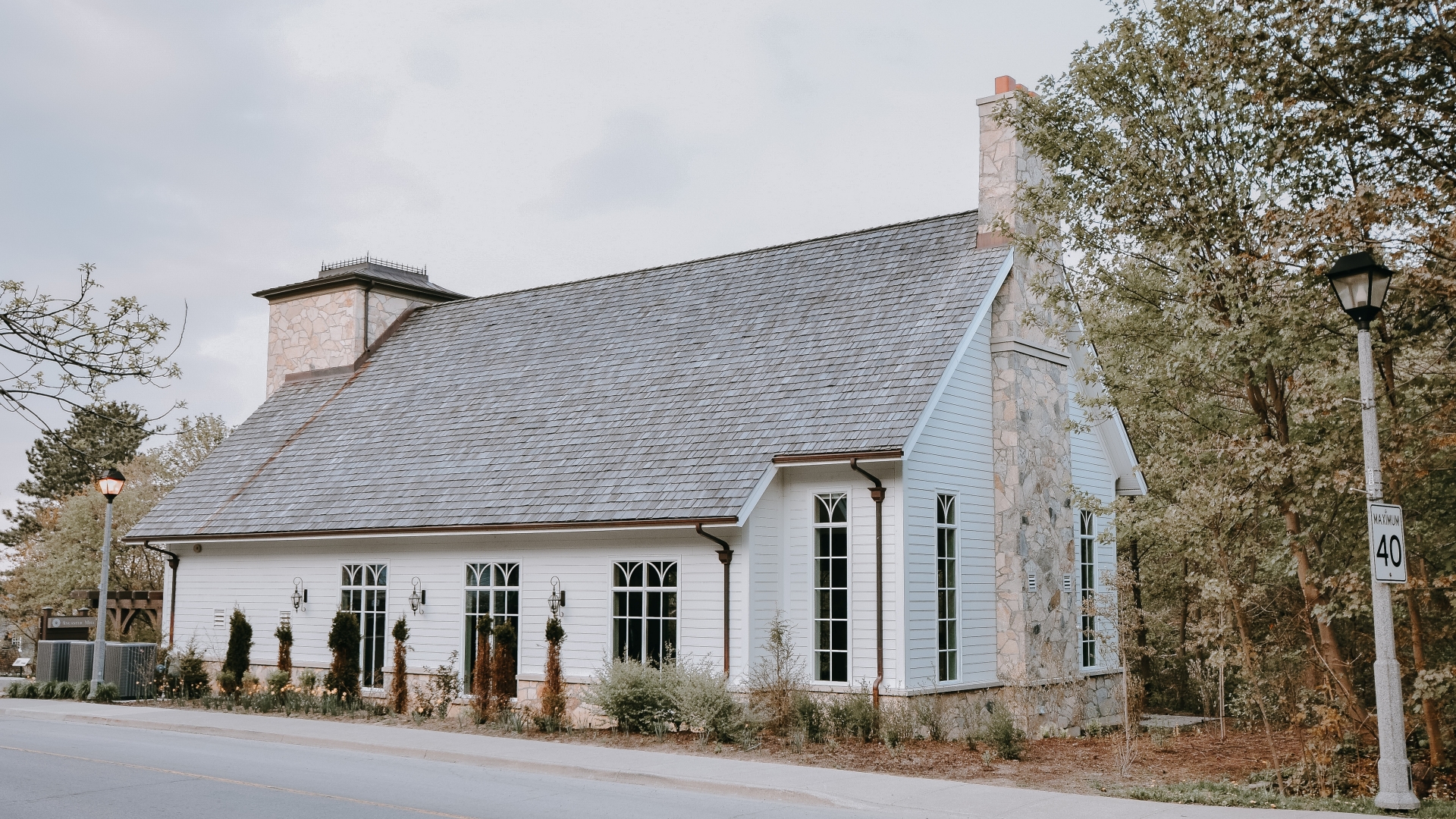When it comes to roofing, the weather is always a factor. Whether it’s extreme cold or hot temperatures, heavy snowfall, or torrential rainstorms – all of these can have an impact on your home’s roof. As such, you must build resilient roofs that can withstand changing weather patterns and climates. Here’s how you can construct roofs for all seasons so they remain strong and reliable no matter what Mother Nature throws at them – the different types of materials available for construction as well as tips on maintenance and repair to keep your roof in top shape year-round. So if you’re looking for ways to make sure your roof stands up against whatever nature has in store for you, read on!
Hire A Professional Contractor
Hiring a professional contractor to build and/or maintain your roof is one of the best ways to ensure that it’s able to withstand weather changes. A good contractor will be knowledgeable about the different materials used for roof construction, so they can help you pick out the right material for your specific area’s climate. They should also be able to recommend any changes or repairs that may need to be done to keep your roof in top shape throughout the year. A contractor specializing in roofing will know the materials and methods to use that are best suited for your area and can help you build a roof that will last through any weather changes. And while this may cost a bit more upfront, it’s worth the investment in the long run.
Choose The Right Roofing Materials
The type of roofing material you choose for your home plays a huge role in how resilient your roof is against changing weather conditions and climates. There are a variety of materials to choose from, such as asphalt shingles, metal roofing, composite shingles, slate tiles, wood shakes, and clay tiles. Depending on where you live and what kind of climate you have, some materials will be better suited than others when it comes to standing up against precipitation or strong winds. Taking into consideration your area’s climate can help you decide which material is best for constructing a resilient roof that can withstand changing weather conditions.
Consider the Slope of Your Roof
The slope, or pitch, of your roof, plays a big part in how it handles inclement weather. Generally speaking, steeper roofs are better equipped to handle snow and heavy rains as they allow water to easily run off the surface instead of pooling on top and causing damage. On the other hand, a less steeply pitched roof may be more suitable for regions that experience high winds as they provide better stability against gusts. As such, it’s important to consider your area’s climate when deciding what slope is right for your roof so you can construct a resilient one that will protect your home from the elements.
Invest In Proper Maintenance and Repair
No matter what type of roof you build, it’s important to stay on top of proper maintenance and repair to keep your roof in good condition throughout the year. Inspecting and cleaning your roof regularly can help catch any minor issues before they become major problems, while also ensuring that water drains properly off the surface. This is especially true for areas where heavy snowfall is common – make sure to clean off any snow or ice buildup as soon as possible so that it doesn’t cause structural damage over time. Additionally, having a professional come out annually to inspect your roof can help identify any potential issues early on so you can take care of them right away before they get worse.
Gutters And Downspouts
One of the most important components of your roof’s protection against changing weather conditions is gutters and downspouts. Gutters help to control water runoff from the roof, while downspouts carry it away from the foundation. Make sure that both your gutters and downspouts are in good condition so they can properly direct water away from your home during periods of heavy rain or snowfall. Additionally, if you live in an area with a lot of leaves and debris, be sure to clean out your gutters regularly to prevent clogs that could lead to major damage over time. With proper maintenance, these components can play a key role in protecting your home against inclement weather.

By taking these steps to ensure that your roof is up to the task of changing weather and climates, you can rest assured knowing that your home is protected no matter what Mother Nature throws its way. With the right materials, proper maintenance and repair, and a well-constructed roof, you can enjoy peace of mind knowing that your home is equipped to handle any climate or weather condition.












